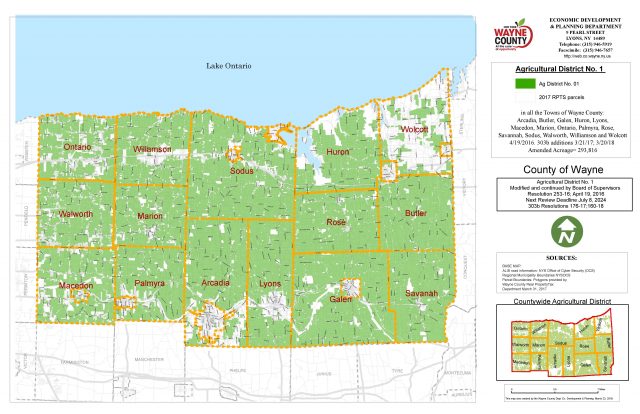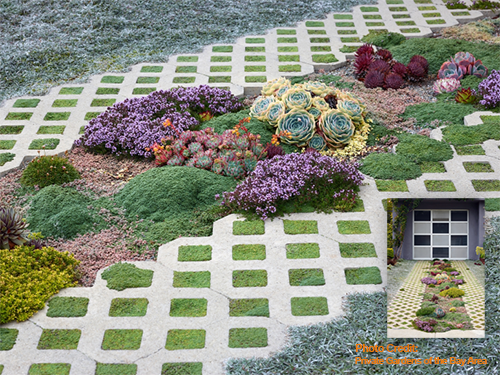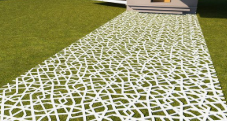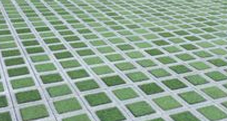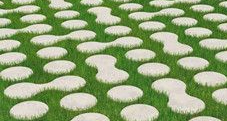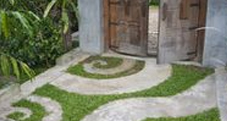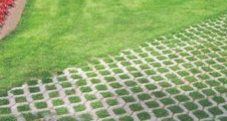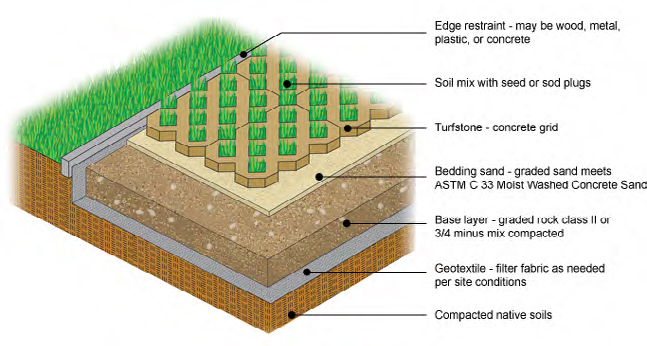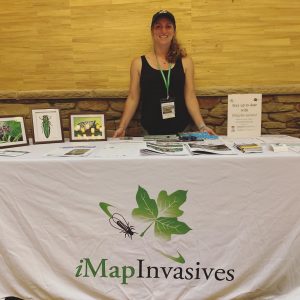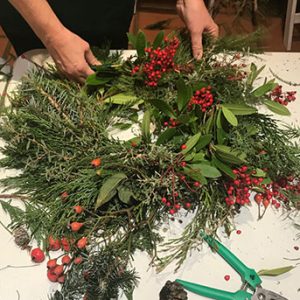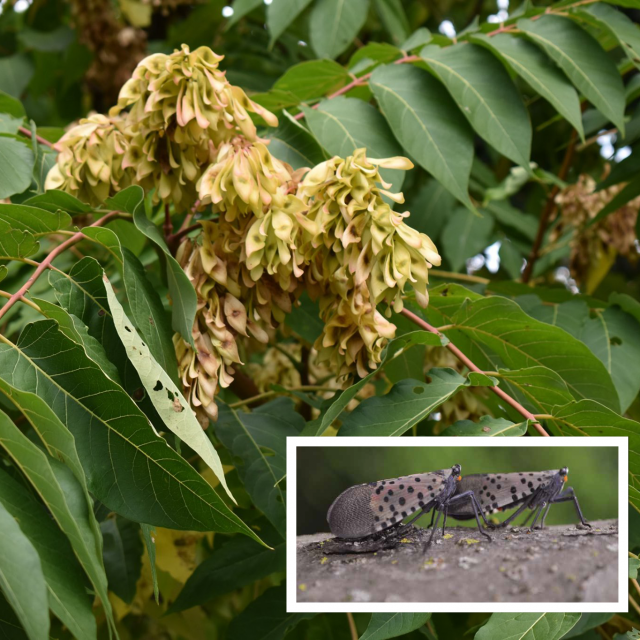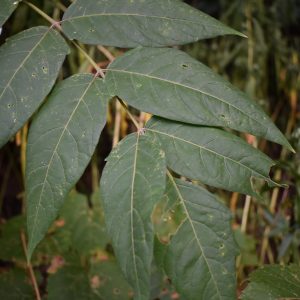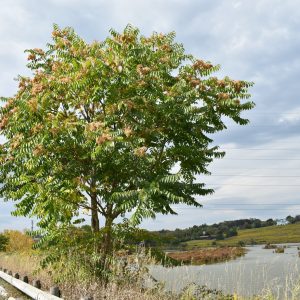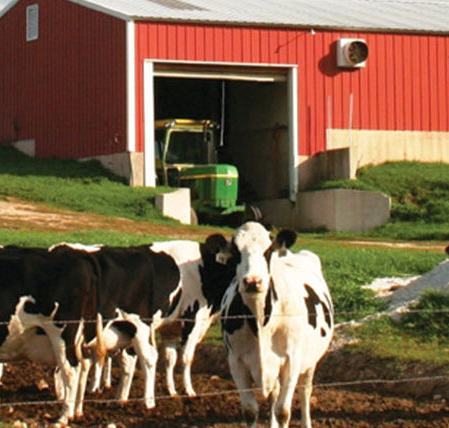 This week Governor Andrew M. Cuomo announced that $16.2 million has been awarded to support agricultural water quality conservation projects across the state.
This week Governor Andrew M. Cuomo announced that $16.2 million has been awarded to support agricultural water quality conservation projects across the state.
As part of the funds awarded, Wayne County Soil and Water Conservation District will receive $95,105.00 to provide assistance to three farms to address erosion and phosphorus export, stormwater control and green infrastructure improvements to roofs and gutter systems to direct stormwater away from sensitive areas. Since the inception of the Ag Non-Point program, WCSWCD has assisted over 40 farms with the implementation of best management practices. These BMPs have had a direct effect on potential pollutants from entering the waterways and provide substantial water quality improvements to the watersheds of Wayne County.
All projects support the New York State Agricultural Environmental Management (AEM) Program by funding the implementation of agricultural water quality Best Management Practices (BMPs) to protect natural resources while maintaining the economic viability of New York State’s diverse agricultural community. In total, more than 90 farms will benefit from the Agricultural Nonpoint Source Abatement and Control Program. For a complete list of projects awarded, please visit the Department of Agriculture website.
“New York is a leader in the fight to protect clean water, preserve agriculture for the future and combat climate change,” Governor Cuomo said. “From our aggressive clean energy plan to environmentally responsible farm practices, we are committed to supporting projects that will protect our natural resources and ensure a better future for the next generation. This program, which paved the way for many of our other on-farm environmental protection programs, continues to help our farmers use cost-effective methods to protect our waterways.”
The New York Department of Agriculture and Markets administers the Agricultural Nonpoint Source Abatement and Control Program in coordination with the New York State Soil and Water Conservation Committee. The program is a part of the Agricultural Environmental Management framework, a broader effort that helps farmers achieve higher levels of environmental stewardship and more efficient, cost-effective farming systems.
Through the Agricultural Nonpoint Source Abatement and Control Program in coordination with the New York State Soil and Water Conservation Committee projects include best management practice systems to keep nutrients and other potential pollutants from entering waterways. BMPs include a variety of measures including, vegetative buffers along streams, cover crops, nutrient management through manure storage, and other conservation measures.
The Agricultural Nonpoint Source Abatement and Control Program is funded in the 2018-19 State Budget through the historic $300 million New York State Environmental Protection Fund. Since 1993, New York State has dedicated approximately $210 million to the program.
The Agricultural Nonpoint Source Abatement and Control Program builds on the Governor’s efforts to provide historic water quality protections across the state through the $2.5 billion Clean Water Infrastructure Act of 2017. In 2019, the New York State budget also committed an additional $500 million for capital costs of clean water infrastructure projects.
Following Governor Cuomo’s 2018 State of the State announcement, state agencies allocated more than $82 million in competitive grants for projects to address nutrient pollution in water bodies that have been affected by harmful algal blooms. For more information visit https://www.agriculture.ny.gov/

